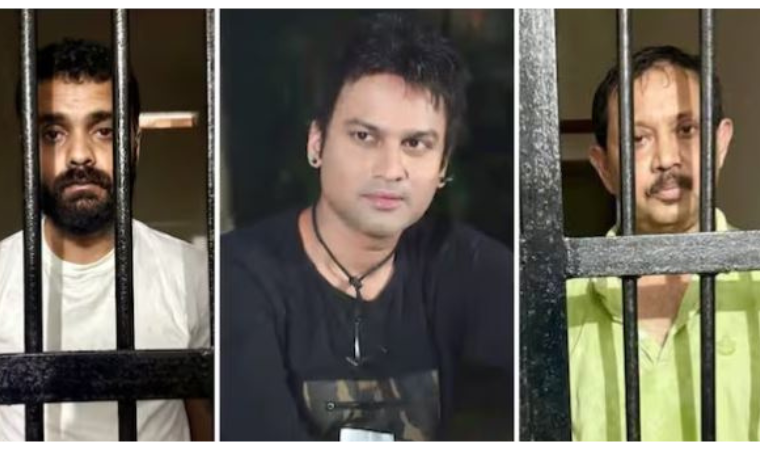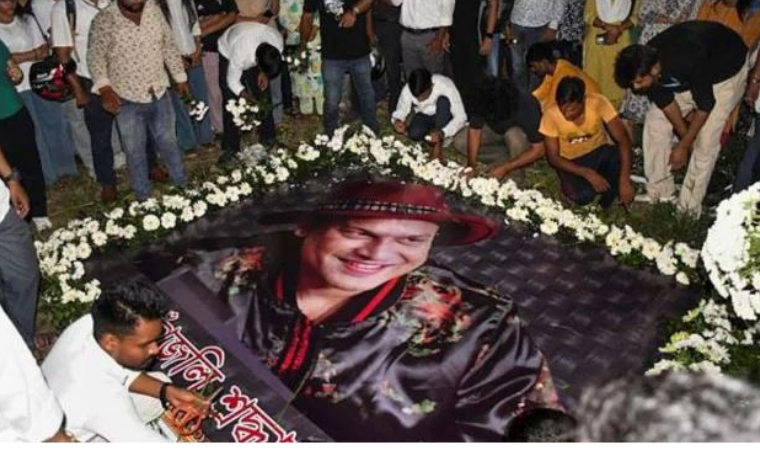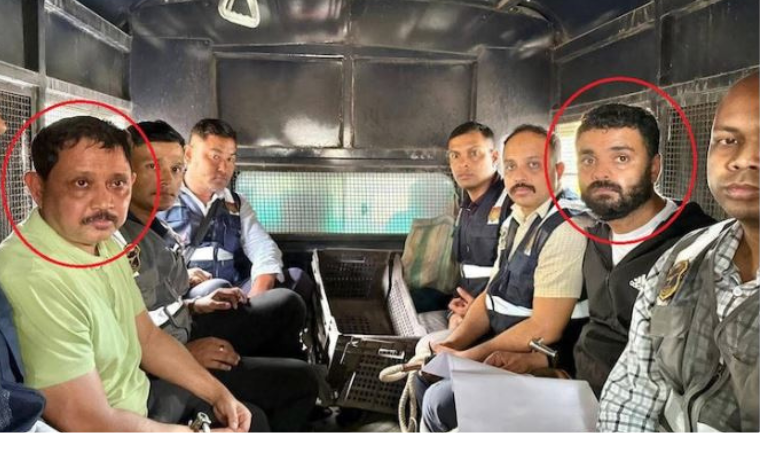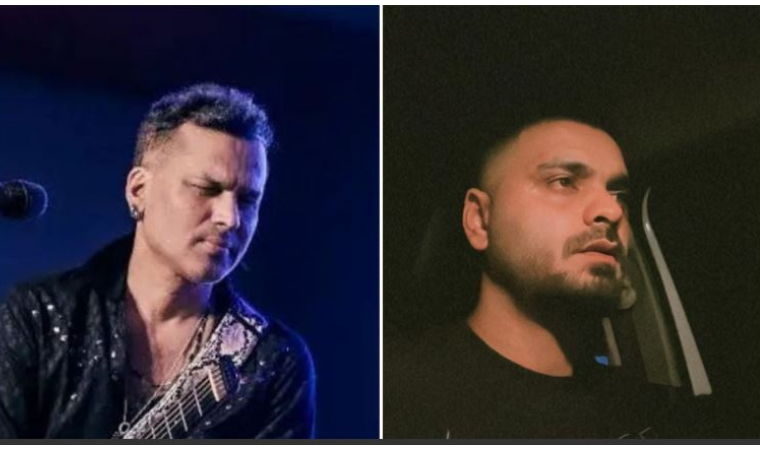Zubeen Garg, the legendary Assamese singer of India died in Singapore in a tragic accident on September 19, 2025. Garg was not only a musician, but a cultural ambassador of Assam and the Northeast as his singing was versatile and he had a strong bond with people. His music, movies, and performances on the stage motivated millions of people, and the region acquired a voice at the national scale.
Garg had a long career and he became one of the great names in Indian music. He composed in Assamese, Hindi, Bengali, and Tamil. He was honored with many awards for his contribution to regional and national music. Beyond singing, he worked as a composer, actor, and philanthropist. He often used his stage to promote cultural unity and to encourage young talent from the Northeast.His performance in movies and songs made him a household name not only in Assam, but in India.
Very early accounts covered his death as a tragic accident. Discrepancies in witness testimonies raised doubts early on. The fact that he was not wearing a life jacket also added to the suspicion. His movements that day cast further uncertainty. His fans and family, especially his wife, demanded a thorough investigation. They insisted that authorities must not brush aside the loss of such a high-profile personality. The government intervened to uncover the truth behind the sensational incident, keeping the country on edge.

Inquiry and Arrests: Most Notable Personages in Custody
Following the outcry of people, the Assam government constituted a Special Investigation Team (SIT) to investigate the facts of the death of Garg. The mandate of the SIT was to determine what happened prior to the drowning, whether foul play or negligence was inflicted and to mete justice to the singer.
Two serious arrests were carried out October 1, 2025. Shyamkampu, the main organizer of the North East India Festival (NEIF) and the manager of Garg, Siddhartha Sharma, were arrested. Mahanta was arrested at the Indira Gandhi International Airport in Delhi after flying back to Singapore and Sharma was arrested at his home in Gurugram. Both were detained on 14 days of police custody to be interrogated.
The arrests put up public and media attention at the moment. Some praised the move as a step towards justice, others warned that they are not to leap to any conclusion before a thorough investigation is conducted. The role played by high profile players, who were related with the business activities of Garg, highlighted the sophistication of the case.
The SIT also commenced taking statements of witnesses, festival employees and other NEIF attendees. Police wanted to recreate the actions of Garg on the day of the event and how he had come to stay in a hotel and what had happened that resulted in his drowning. Initial investigations were concerned with whether adequate safety precautions were observed during the swimming exercise of the singer.
Law and Diplomacy: International Cooperation
The situation immediately acquired international aspects. The Indian government relied on the Mutual Legal Assistance Treaty (MLAT) to obtain the cooperation of the Singapore authorities as the incident was in Singapore. This legal move enabled the SIT to access video footage, interview witnesses and any other pertinent evidence that would enable a comprehensive probe.
Special DGP M.P. Gupta-led SIT, too, served notices on persons who had attended the North East India Festival and had travelled with Garg. Two Assam police officers were also dispatched to Singapore in order to liaise with the local authorities making sure that all international measures were taken. The inquiry did not only note the intricacies of cross-border legal collaboration, but also the increased concern as regards to safety and security of artists in internationally held events.
The study also aimed to look into the role of management during NEIF. NEIF was one of the biggest cultural shows, showcasing talent from Northeast India. It engaged several organizers, security staff, and volunteers. The SIT investigated whether the organizers had done proper risk evaluations and set up emergency procedures. These questions became critical since a high-profile performer like Zubeen Garg took part in open-water activities.

Popular and Media Response: A Nation Keeps a Close Eye
The reports of Zubeen Garg death and ensuing arrests caused a media storm never seen before. Indian and Northeast fans were surprised, devastated and unsuspectingly shocked. Tributes, stories, and demands of justice were posted on social media platforms. Hashtags in memory of Garg went viral across the country and music forums shared past recordings, interviews and performances in his memory.
The attitude of the people was between grieving and conjecture. Fans underlined that the legacy of Garg was one that earned careful and unbiased research that would bring closure to his family and fans. Critics also felt that there could be sensationalizing of the case by the media or politicization of the case, pointing out that a transparent legal process must have been used.
The incident was further enhanced by the work of Garg towards the North East India festival. NEIF was meant to showcase regional culture and connect Northeast talent with the world. Instead, it became the center of debate on safety and the responsibility of event organizers. As experienced experts, organizers are now being questioned about how they protect artists at international cultural events. After such a high-profile disaster, the issue has turned into a wider social concern.
People mourned in the public and many celebrities, politicians, and other artists were grieving. There were some personal stories about dealing with Garg, about his humility, professionalism and his dedication to promoting regional music. This national football funeral showcased the cultural significance of Garg to the nation and his legacy on Indian music.
The Future of the Road Ahead
The country is awaiting answers as the SIT carries on with its efforts. Any evidence is significant. The accounts of the witnesses and the reports of the investigation are invaluable in restoring events of that day. Law enforcement agencies have to go beyond the case at hand. They should also investigate event organization, travel security and the duties associated with high-profile people.
The case of Zubeen Garg murder shows the necessity of transparency and accountability. It also demonstrates the relevancy of collaboration with cross-border cases with international bodies. The investigation has received a kick start with the arrest of Mahanta and Sharma. However, the SIT will be under stringent public scrutiny as everyone stares at them.

The Everlasting Heritage of Zubeen Garg
Garg has a legacy of music and culture even in grief. His songs are inspiring, and he still plays as he did and millions still remember his shows. He has left behind a legacy of a cultural ambassador to Assam and Northeast. The current investigation, the prosecution, and the international joint efforts are all meant to pay tribute to that legacy, by making sure that justice and clarity are served.
The investigation will hopefully, as weeks and months go on, yield new information regarding the events of September 19, 2025. Updates are followed by fans and colleagues and the general population, who are anxiously hoping that the truth will emerge. In addition to justice, the case has been used to remind organizers to be more concerned about safety considerations when organizing large-scale cultural events.
This process will help the life and legacy of one of India’s most popular cultural icons reverberate. Zubeen Garg is gone. But his music, his impact, and his contribution to the cultural identity of the Northeast will continue to inspire generations. His story is a reminder that life is delicate. It shows how careful planning is necessary. And it proves that music has the power to break boundaries.









